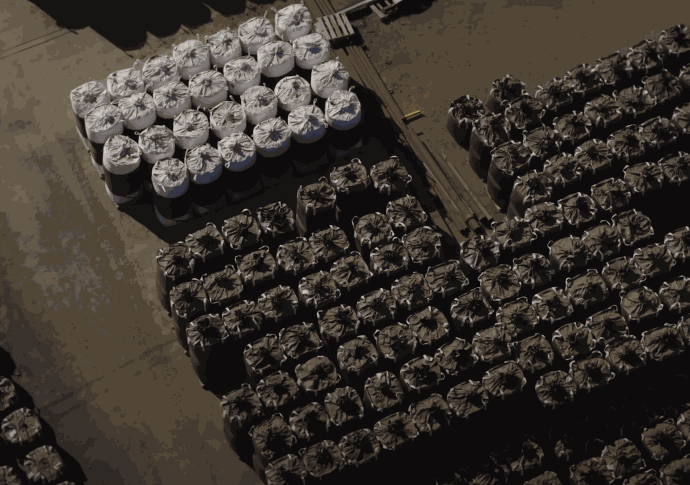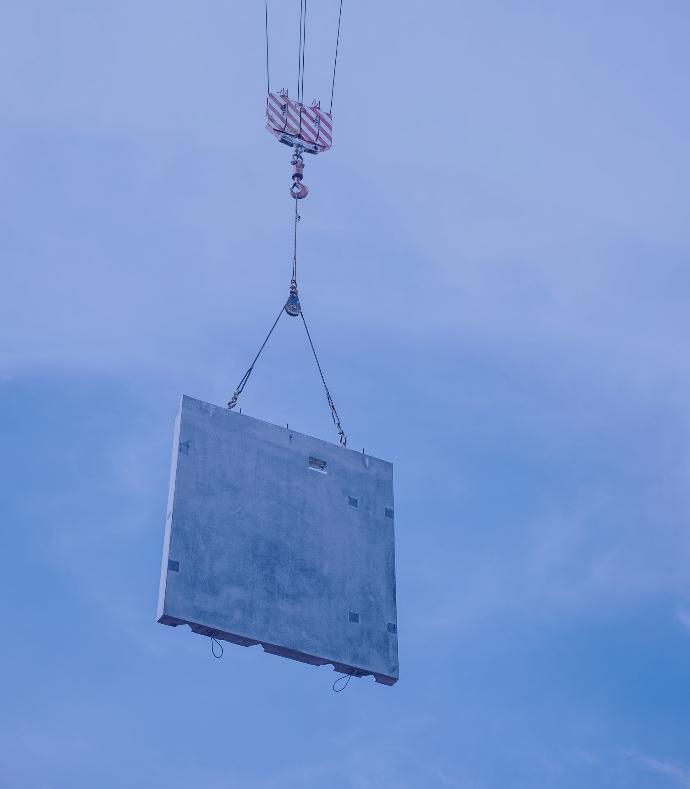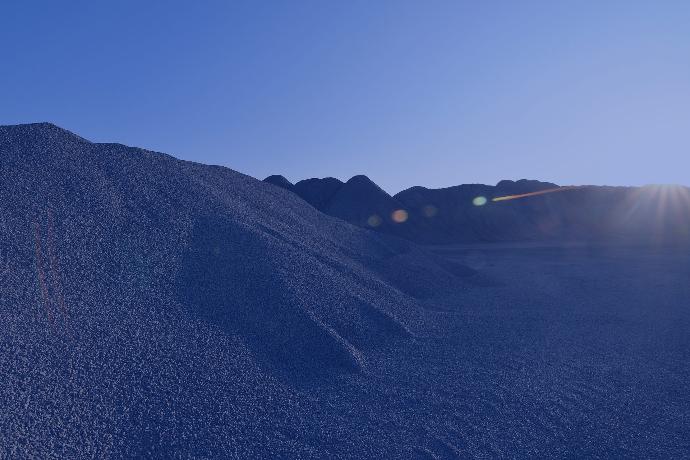Puro Standard
The leading standard for engineered carbon removal methods in the voluntary carbon market
The essentials of carbon removal: Why it matters
Scroll to find out more
Puro Standard
In the world of carbon markets, trust is crucial. That's why in 2019, the Puro Standard was born as the first of its kind standard, ensuring a credible framework for certifying engineered carbon removal and issuing Puro.earth carbon credits called the CORC, or CO2 Removal Certificates. Our pioneering methods meet rigorous scientific standards and our transparent Puro Registry, tracks the lifecycle of CORCs which brings integrity to the market.
Choose the Puro Standard for:

Exclusive focus on carbon removal
We only certify durably stored carbon with net negative emissions, avoided or reduced emissions are not mixed up in the carbon accounting

Durable focus
Our methodologies focus on removing carbon to secure storages from the atmosphere for hundreds to thousands of years

High level of assurance
Removals are quantifiable with scientific rigour and independently verified

Full transparency
All CO2 Removal Certificates (CORCs) are issued and tracked in the Puro Registry to avoid any potential for double counting

Alignment with global benchmarks
Endorsed by the ICROA Code of Best Practice, a widely respected guideline followed by numerous corporations for procuring carbon credits, our initiative enhances buyer confidence in CORCs

Market leader
We are mobilizing the net negative economy by building the largest carbon removal ecosystem and are the pioneers behind five ground breaking carbon removal methodologies
Backed by
Puro Standard Governance
The distinguished panel of carbon removal experts that compose Puro.earth's external Advisory Board oversees Puro Standard methodologies. Their mandate is to ensure high carbon credit integrity and robust principles for a science-based carbon removal standard.
Puro Registry
For transparency and to prevent double counting, CORCs are issued in the Puro Registry, where their entire lifecycle is tracked from creation to use. To support corporate climate goals, buyers designate a beneficiary for the CORCs and retire them in the registry, ensuring no one else can claim them. Visit the Puro Registry to see corporations making carbon removal claims, along with supplier issuances and project details.
The latest retirements by corporations on their journey to net zero
Go to Puro Registry
| Date | Retired CORCs | Credit Type | Methodology | Beneficiary | |
|---|---|---|---|---|---|
| 2025-10-27 | 1 | CORC 1000+ | Geologically stored carbon | Lauren Kopec, Baker Hughes | |
| 2025-10-27 | 1 | CORC 1000+ | Geologically stored carbon | Mel Courtney, Catagen | |
| 2025-10-27 | 1 | CORC 1000+ | Geologically stored carbon | Randy Stacy, Nexceris | |
| 2025-10-27 | 1 | CORC 1000+ | Geologically stored carbon | Adam Kirby, ISCC | |
| 2025-10-27 | 1 | CORC 1000+ | Geologically stored carbon | Amber New, Tidewater Renewables | |
Certify your carbon removal
Make a positive difference and earn revenue for your net negative emissions by becoming a Puro.earth supplier
Neutralize your corporate emissions
Purchase CO2 Removal Certificates (CORCs) issued under the Puro Standard by browsing our supplier listings

To install this Web App in your iPhone/iPad press ![]() and then Add to Home Screen.
and then Add to Home Screen.














